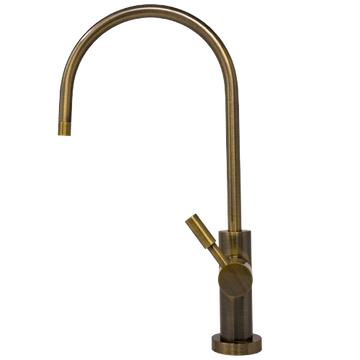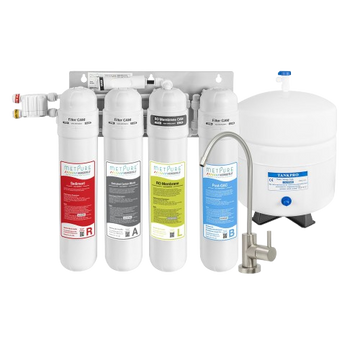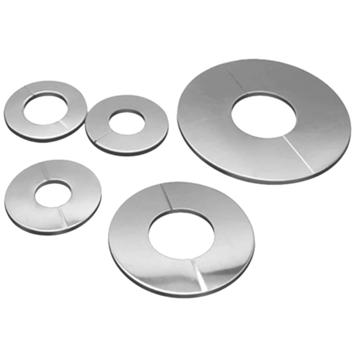Water filtration systems reduce unhealthy contaminants while maintaining healthy minerals. They also eliminate the need for plastic bottled water for a more positive environmental impact.
A sediment filter is the first stage in any reverse osmosis system. This mechanical filter removes the most basic of water contaminants like dirt, rust, and silt.
Stage 1: Sediment Filter
Sediment filters are a solid first line of defense against unwanted contaminants in well water. They remove larger particles like sand, silt, and rust flakes from your home’s water supply. These large particulates can discolor drinking water, wreak havoc on plumbing and water-using appliances, and reduce the effectiveness of other treatment processes.
A sediment filter uses a natural media bed, typically made of sand or anthracite, to trap unwanted particulate from your water. As water passes through the sand or anthracite, pressure forces sediment down to the bottom of the filter where it is trapped for removal.
A good sediment filter will have a large pore size, allowing it to capture particles of all sizes without clogging. However, the pore size will also impact water flow rates and pressure compatibility. Achieving a balance between pore size, flow rates, and maintenance needs is important for a successful filtration system. This will ensure that you achieve the desired contaminant reduction and avoid costly repairs or replacements.
Stage 2: Pre-Carbon Filter
Carbon pre-filters remove chlorine and other chemicals from water. Located before the RO membrane, they’re designed to extend and maintain the life of the more expensive filter down the line by reducing chlorine, taste, and odor.
They work based on the principle of adsorption*, which means contaminants adhere to a carbon surface rather than being absorbed into the material itself. This allows for higher flow rates and increased contaminant removal.
Sediment filters primarily reduce physical particles in water but are not effective at removing odors or other chemicals and volatile organic compounds (VOCs) that carbon filters are capable of eliminating. Using a sediment filter as a pre-filter prevents the clogging of carbon filters, prolonging their lifespan and saving on replacement costs.
Brio’s Stage 2 Pre-Carbon Filter uses loose granular activated carbon (GAC) to remove chlorine, taste and odor, as well as VOCs, from city-treated water. The filter also prevents chlorine from degrading the reverse osmosis membrane in the next stage, ensuring that your system continues to deliver high-quality water at a low maintenance cost.
Stage 3: Reverse Osmosis Membrane
Reverse Osmosis is a method that separates water molecules from contaminants using semi-permeable membranes. Like a juicer that only allows the fresh fruit to pass through while leaving the peel and unwanted fruit behind, reverse osmosis does the same for your water.
Osmosis is a naturally occurring phenomenon that occurs when fluid moves from an area of lower concentration to an area of higher concentration through a semi-permeable membrane. By using applied pressure, this can be reversed to force contaminated water away from where it wants to go and toward where it does not want to be.
Reverse Osmosis membranes have many uses, including microfiltration (removing larger particles) and gas separation. Cellulose acetate membranes are also commonly used in dialysis applications to remove waste and excess ions from the blood of patients with kidney disease.
Stage 4: Post Carbon Filter
In the last step of the Brio filtration process, the post-carbon filter removes chlorine and other lingering chemicals. It also intercepts other contaminants like herbicides, insecticides, and chlorine-based disinfectants. This stage prevents chlorine from degrading the reverse osmosis membrane and ensures that your final filtered water is pure, fresh, and delicious.
Like the pre-carbon filter, this one is made with granular activated carbon (GAC). The GAC used in this stage is finer than the granulated carbon used in the stage 2 sediment filter, and it has an almost powder-like consistency. Each granule is packed with nooks and crannies that trap microscopic pollutants in a matter of seconds.
To make GAC, carbon-rich materials like coal, wood, or coconut shells are heated to high temperatures in the absence of oxygen. This process, known as activation, makes the carbon molecules more porous and dramatically increases the surface area of each pore-up to several hundred square meters per gram!













